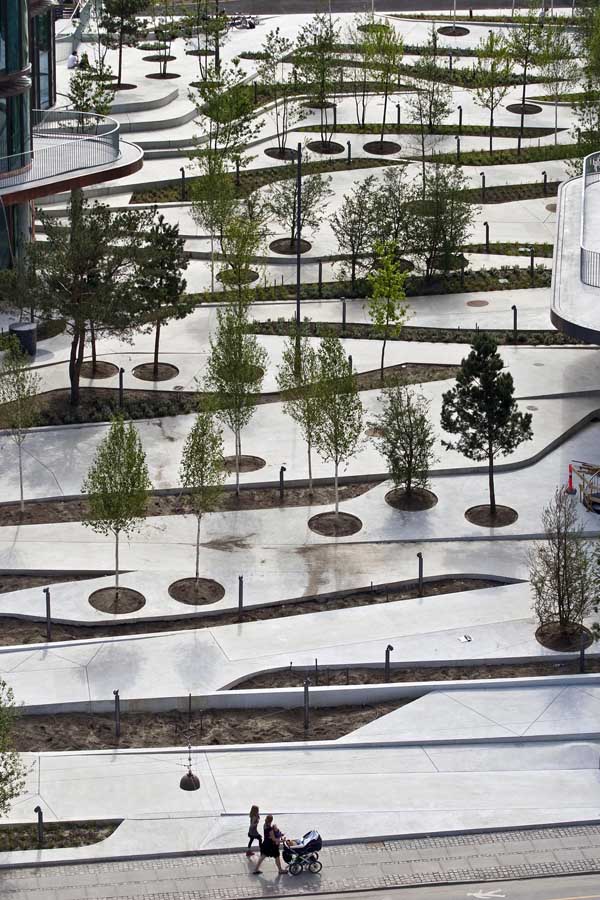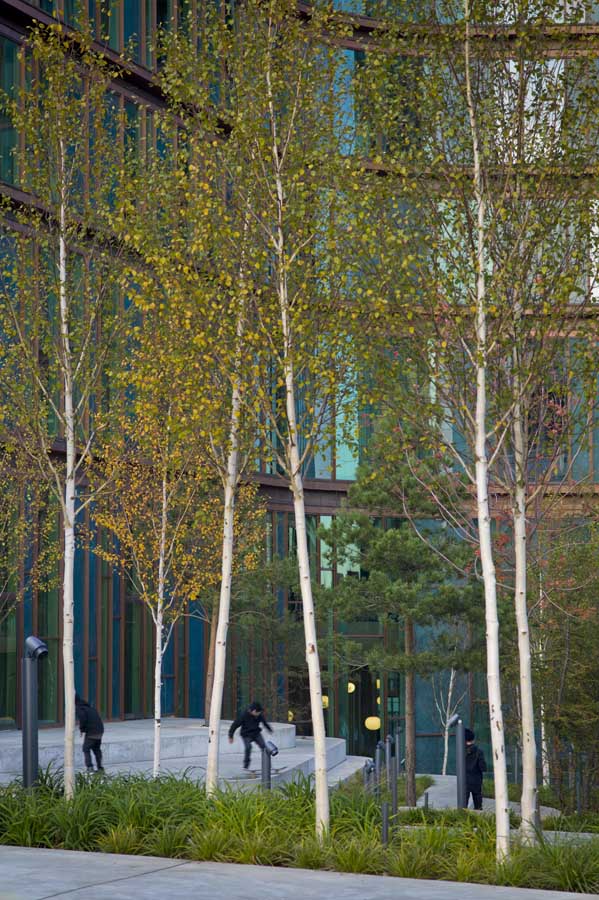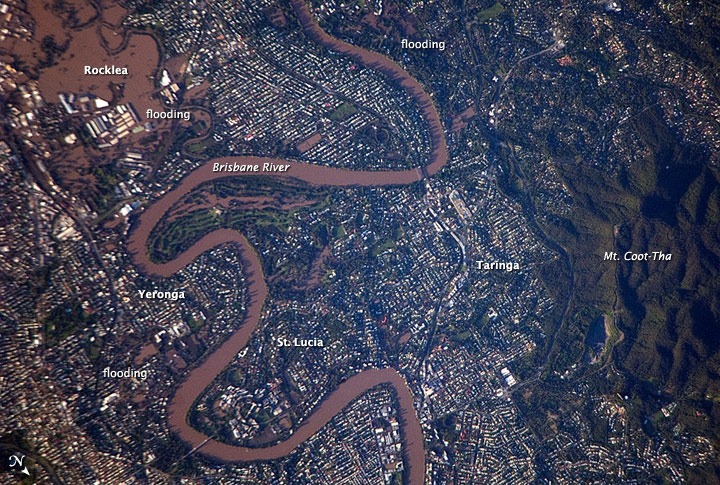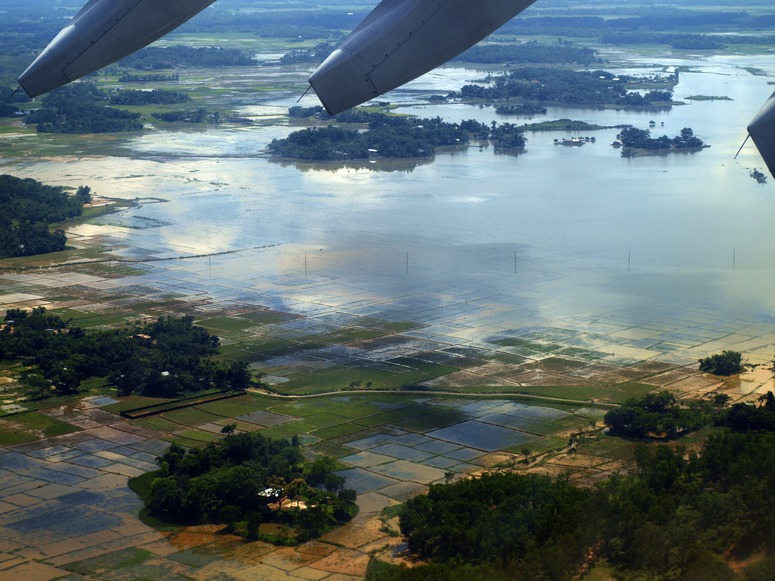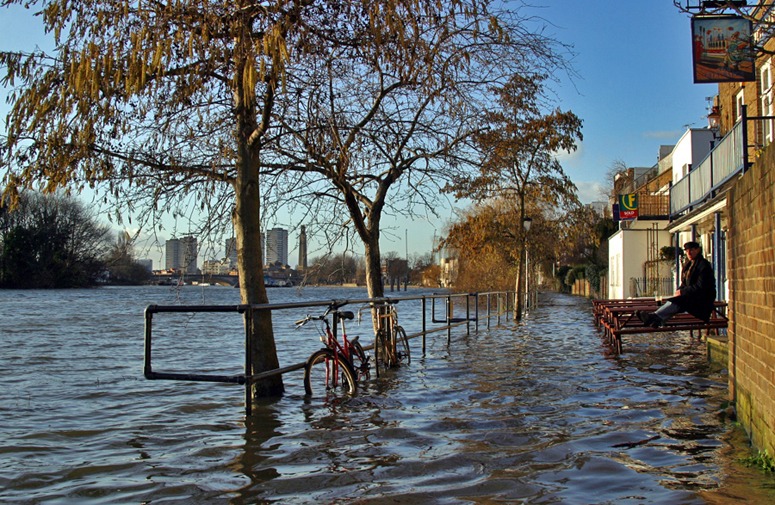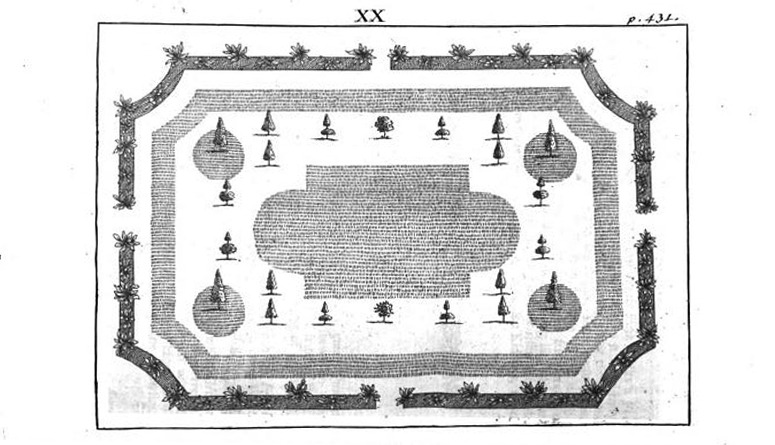Urban designers in the port city of Copenhagen are making quite a splash for themselves with the design of several exciting new urban spaces.
Dune city is the latest urban design offering by SLA in Copenhagen. “Like a giant dune of sand or snow it slips in between and clings around the buildings, thereby creating a spatial coherence in the design.”
The foldedplate design enables the visitor (pedestrians, cyclists, skaters and the walking impaired) to tranverse the elevated landscape between the buildings amidst a vegetated space of reedy grasses and trees. The landscape has been designed to appear flat and two dimensional from a distance but to reveal its true three dimensional character as you move through its spaces. The high albredo effect is said to produce a cooler microclimate during the warmer periods by reflecting the incoming heat and radiation.
Can the the world’s model climate citizen lead the way also with climate sensitive urban design and by its example also change the fate of nations like Mongolia?

